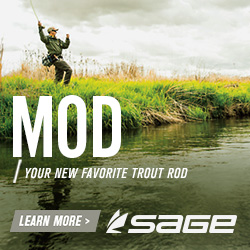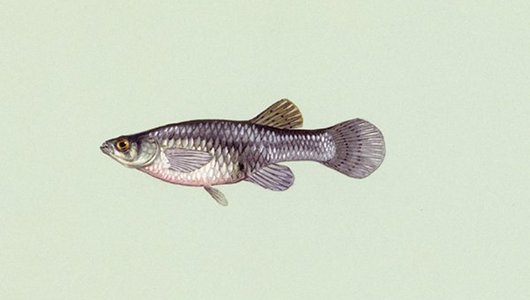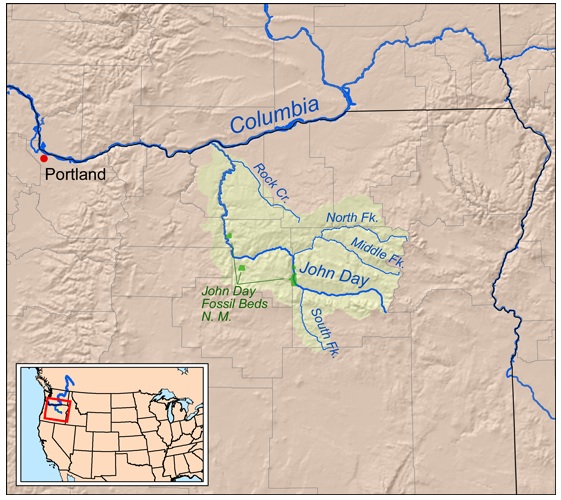Governor’s office chafes at treatment over bull trout
 Thursday, February 10, 2011 at 12:00AM
Thursday, February 10, 2011 at 12:00AM
Idaho Gov. Butch Otter’s office is contemplating suing the federal government over its new designation of critical habitat for bull trout.
LINK (Via:The Idaho Reporter)
 El Guapo |
El Guapo |  2 Comments |
2 Comments |  bull trout,
bull trout,  fish in the news,
fish in the news,  idaho in
idaho in  News
News 









